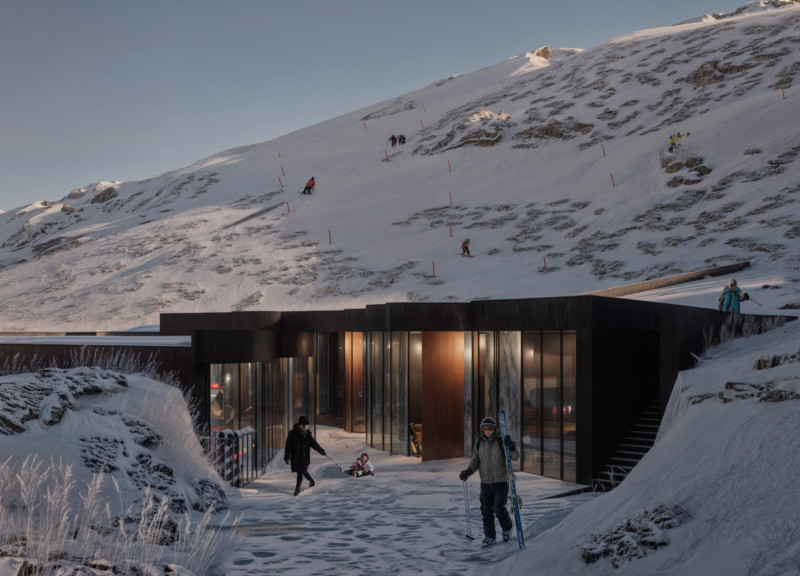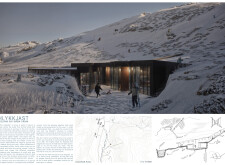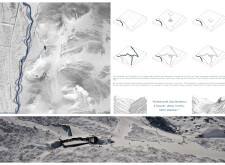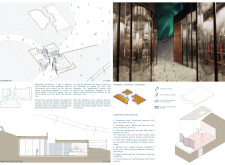5 key facts about this project
**Project Overview**
Located in [specific location], the design integrates modern architectural practices with a strong regard for the surrounding environment. The intent is to establish a functional space that fosters community engagement while responding to local cultural and environmental contexts. The project aims to create a platform for social interaction and emphasize sustainability through thoughtful design choices.
**Spatial Organization and User Experience**
The internal layout exhibits a logical spatial hierarchy that promotes connectivity and accessibility among various functions. Key public spaces, including [specific areas such as atriums, community lounges, or multipurpose rooms], are designed to encourage interaction and fluid movement throughout the building. Vertical circulation is efficiently managed through [describe the methods employed, such as staircases and elevators], ensuring that all areas are easily reachable and inviting.
**Material Selection and Environmental Considerations**
The material palette reflects a commitment to both aesthetics and sustainability. Concrete forms the structural backbone, offering durability while enhancing the industrial character of the design. Large glass panels are employed to optimize natural light, creating a connection between interior spaces and the outdoors. Wood cladding introduces warmth, balancing the robust materials with a softer texture. Other elements, such as [mention any specific sustainable features like green roofs or living walls], contribute to the ecological footprint, promoting biodiversity while enhancing the building’s overall visual appeal.
This architectural endeavor utilizes strategies aimed at energy efficiency and environmental stewardship, including [detail specific sustainable practices such as passive solar design, use of local materials, or rainwater harvesting systems]. Through these elements, the project meets its functional requirements while actively engaging with the community and setting a precedent for future developments.





















































